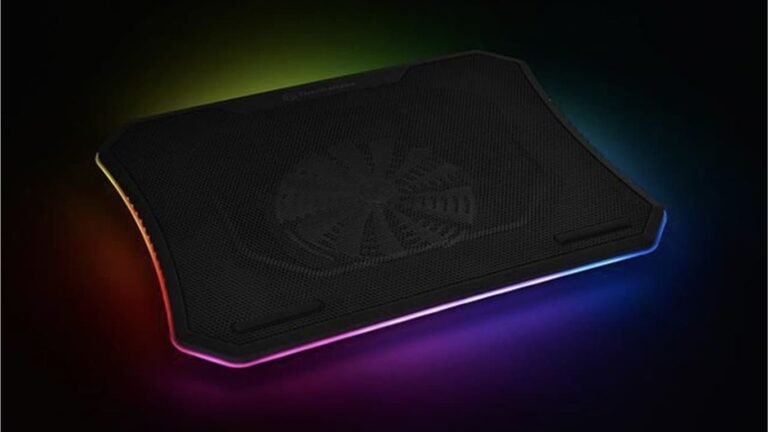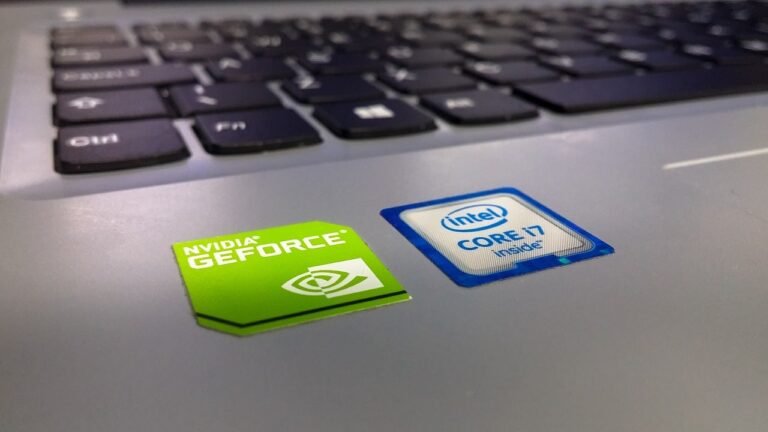HOW HOT CAN A GAMING LAPTOP GET?
Gaming laptops have become increasingly popular in recent years due to their portability and ability to handle high-performance games. However, with this increased performance comes the risk of overheating. In this article, we will explore just how hot a gaming laptop can get and what factors can contribute to overheating.
What Causes Overheating in Gaming Laptops?
Before we dive into the temperatures a gaming laptop can reach, it’s important to understand what causes overheating in the first place. The primary factor is the high-performance hardware required to run modern games. The CPU, GPU, and RAM all produce heat when in use, and when these components are pushed to their limits, they can generate a significant amount of heat. Other factors that can contribute to overheating include poor ventilation, a lack of maintenance, and the surrounding environment.
How Hot Can a Gaming Laptop Get?
The maximum temperature a gaming laptop can reach depends on several factors, including the hardware inside, the design of the laptop, and the surrounding environment. Typically, the maximum temperature a gaming laptop can reach is around 100°C (212°F). However, most gaming laptops are designed to automatically shut down before reaching this temperature to prevent damage to the hardware. In general, a safe operating temperature for a gaming laptop is around 70-80°C (158-176°F).
What Happens When a Gaming Laptop Overheats?
When a gaming laptop overheats, several things can happen. First, the performance of the laptop can suffer, as the CPU and GPU will throttle down to prevent damage. This can result in lower frame rates, longer load times, and stuttering during gameplay. Additionally, overheating can cause damage to the hardware itself, shortening the lifespan of the laptop and potentially causing it to fail prematurely.
How to Prevent Overheating in Gaming Laptops
There are several steps you can take to prevent your gaming laptop from overheating. First, make sure the laptop is placed on a flat, stable surface that allows for proper ventilation. Avoid using the laptop on soft surfaces such as a bed or couch, as these can block the ventilation ports and cause the laptop to overheat. Additionally, regularly cleaning the laptop’s cooling system can help improve airflow and prevent overheating. Finally, consider investing in a laptop cooling pad, which can provide additional cooling and reduce the risk of overheating.
How to Monitor the Temperature of Your Gaming Laptop
It’s important to keep an eye on the temperature of your gaming laptop to prevent overheating. There are several software programs available that can monitor the temperature of your laptop’s hardware, such as HWMonitor and Core Temp. Additionally, many gaming laptops come with built-in temperature monitoring software that can display the current temperature and warn you if the laptop is getting too hot.
Conclusion
In conclusion, gaming laptops can get very hot, but they are designed to operate safely within a certain temperature range. By understanding what causes overheating, how hot a gaming laptop can get, and how to prevent overheating, you can ensure that your laptop stays cool and performs at its best.
FAQs
Can overheating damage my gaming laptop?
Yes, overheating can cause damage to the hardware inside your gaming laptop and potentially cause it to fail prematurely.
Can using a laptop cooling pad help prevent overheating?
Yes, using a laptop cooling pad can help improve airflow and reduce the risk of overheating.
How can I monitor the temperature of my gaming laptop?
There are several software programs available that can monitor the temperature of your laptop’s hardware, such as HWMonitor and Core Temp.
What is a safe operating temperature for a gaming laptop?
A safe operating temperature for a gaming laptop is around 70-80°C (158-176°F).
How often should I clean the cooling system of my gaming laptop?
It’s recommended to clean the cooling system of your gaming laptop at least once every six months to ensure proper airflow and prevent overheating.







